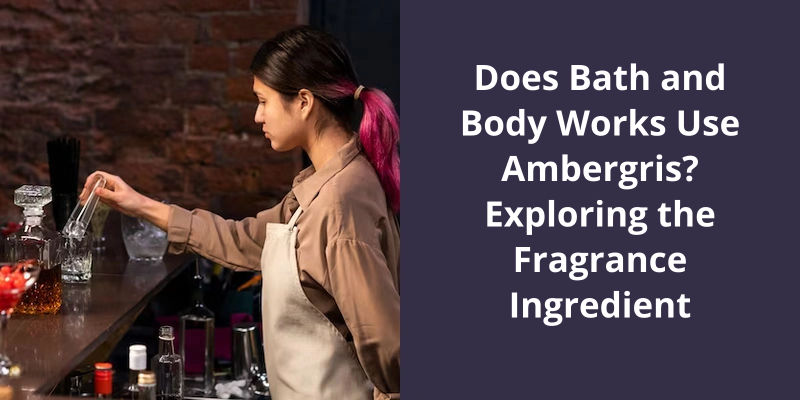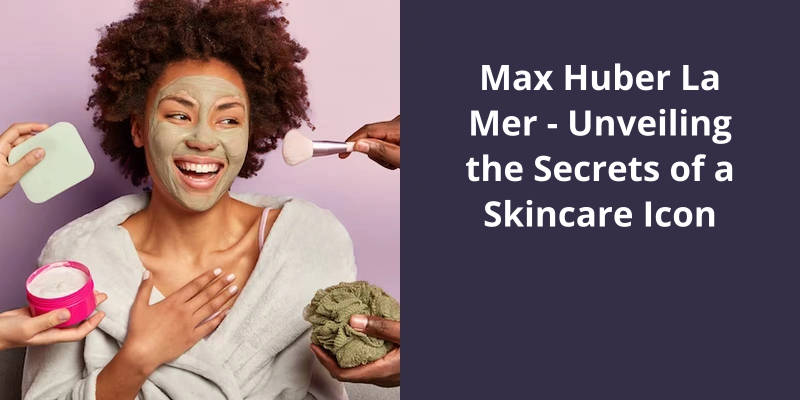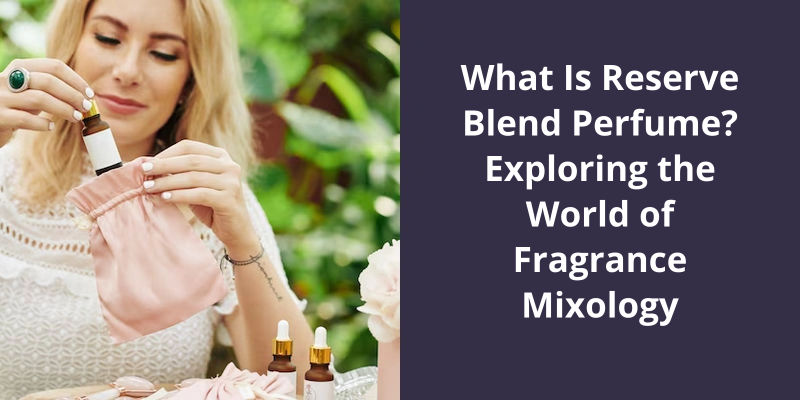Bath and Body Works, a popular brand known for its fragrant lotions, soaps, and other body care products, does not specifically list ambergris as an ingredient in their products. Ambergris, a rare and expensive ingredient derived from sperm whales, is often used in high-end perfumery to enhance the longevity and intensity of a fragrance. However, due to environmental and ethical concerns, many companies, including Bath and Body Works, now opt to use synthetic alternatives instead, such as Ambroxan. Therefore, while you may find hints of the musky, sweet scent characteristic of ambergris in Bath and Body Works products, it is likely from a sustainable, synthetic source.

What Scent Is Ambergris?
Despite it’s popularity in the perfume industry, the scent of ambergris isn’t immediately appealing to everyone. Some people are put off by it’s distinct muskiness, while others find it intriguing. The earthy, woody notes give it a warm and comforting feel, while the marine qualities bring a refreshing and crisp touch. This complex scent profile makes it a prized ingredient in luxury fragrances.
It’s believed to be produced by sperm whales, but the exact process by which it forms is still not fully understood. This has led to speculation and legend surrounding this rare substance, making it all the more fascinating to those in the perfume industry.
The History and Culture of Ambergris in the Perfume Industry
- Ambergris is a waxy substance, produced by the digestive system of sperm whales.
- It’s been used in the perfume industry for centuries as a fixative, helping to prolong the scent of fragrances.
- Ambergris is highly valued for it’s unique aroma, which is described as musky, sweet, and earthy.
- Because of it’s rarity and high demand, ambergris can be quite expensive, with prices ranging from hundreds to thousands of dollars per pound.
- In addition to it’s use in perfume, ambergris has also been used in traditional medicine and as an ingredient in cooking.
- The use of ambergris in perfume has a long and fascinating history, dating back to ancient civilizations where it was believed to have magical properties.
- Today, the use of natural ambergris is highly regulated, and many perfumers use synthetic substitutes to achieve a similar effect.
However, the use of ambergris in perfume continues to be a controversial topic in the fragrance industry, with some perfumers choosing to use synthetic alternatives while others argue that responsibly sourced ambergris can be ethical and sustainable.
Is Ambergris Illegal in Perfume?
This has led many perfumers to search for alternative ingredients to replicate the unique scent of ambergris. However, the allure of using real ambergris still remains, despite the legal implications.
By choosing to use alternative ingredients, they’re able to create sustainable and cruelty-free fragrances that align with ethical standards.
The History of Ambergris in Perfume and It’s Cultural Significance
Ambergris is a perfume ingredient that comes from the digestive systems of some species of whales, and it’s been used for centuries in different cultures around the world. It’s often described as a musky, earthy scent with hints of the ocean. Despite being controversial due to it’s origins, it’s remained popular in perfumery. Historically, ambergris was seen as a symbol of wealth and status, and it was commonly used by royalty and the elite. Today, it’s cultural significance has shifted, but it remains a key ingredient in many high-end fragrances.
As the world becomes more aware of the impact of certain industries on the environment, the use of natural raw materials in fragrance production has decreased. Modern perfumeries like Phlur have found alternative ingredients like Ambroxan to replace traditional ingredients like ambergris, ensuring that their fragrances are both sustainable and high quality.
Do Modern Perfumes Still Use Ambergris?
In the past, ambergris was a common ingredient used in fragrances. It was derived from the sperm whales and had a musky, slightly sweet scent. However, with the widespread realization of the cruelty in obtaining this raw material, it’s no longer commonly used in the modern fragrance industry. Today, modern perfumeries opt for ethical and sustainable alternatives like Ambroxan, which is created through chemical synthesis.
The process of extracting ambergris is considered cruel, and the use of this raw material conflicts with modern-day ethical values.
Another benefit of using Ambroxan in perfumes is that it’s a fixative. This means that it helps to preserve the scent of the fragrance for an extended period. This makes it a valuable component in perfumery, improving the longevity and quality of the fragrance.
The History and Evolution of Perfume Ingredients
- Frankincense and Myrrh used in ancient Egyptian perfume making
- Civet and ambergris used in medieval and Renaissance times
- Introduction of synthetic fragrances in the late 19th century
- Use of musk and floral scents in early 20th century perfumes
- Recent trend towards natural and organic ingredients in perfumes
Today, ambergris continues to hold a special place in the world of fragrance and flavor. With a unique and complex scent, this substance is utilized in a variety of ways, from high-end perfumes to gourmet cuisine. Let’s take a closer look at some of the most modern and innovative uses for ambergris.
What Are Modern Uses for Ambergris?
But ambergris isn’t limited to the tobacco industry – it’s also used in perfumes, cosmetics, and traditional medicine. In perfumes, ambergris is often used as a fixative to help retain the scent of the perfume. In cosmetics, ambergris is believed to have anti-inflammatory properties and is used in high-end products such as facial creams and serums.
Traditionally, ambergris has also been used in traditional medicine. In Chinese medicine, it’s believed to have therapeutic properties and is used to treat a variety of conditions such as asthma, coughs, and chest pain. In Ayurvedic medicine, ambergris is used to improve digestion and as an aphrodisiac.
Interestingly, ambergris has also been used in religious ceremonies. In European Catholicism, it was used in the making of sacred oils, while in Hinduism it’s believed to have purifying properties and is used in various ceremonies and rituals. In Islam, ambergris is mentioned several times in the Quran and some Muslims believe it to be an aphrodisiac and a cure for various ailments.
Due to it’s rarity and unique properties, ambergris is highly prized and can be quite expensive. In fact, the sale and trade of ambergris is regulated in many countries and it’s illegal to possess or sell it without the proper permits.
Conclusion
While the use of ambergris in perfume may seem exotic and luxurious, the process of obtaining it’s ethically dubious. With concerns growing over the impact of commercial whaling on marine ecosystems and populations, the use of animal byproducts in consumer products is becoming increasingly controversial. Bath and Body Works, like many other companies, may need to re-evaluate their use of such ingredients and consider more sustainable and ethical alternatives. In today's environmentally conscious world, consumers are paying more attention to the impact of their purchases on the planet and it’s inhabitants, and companies must adapt to meet these changing expectations.





